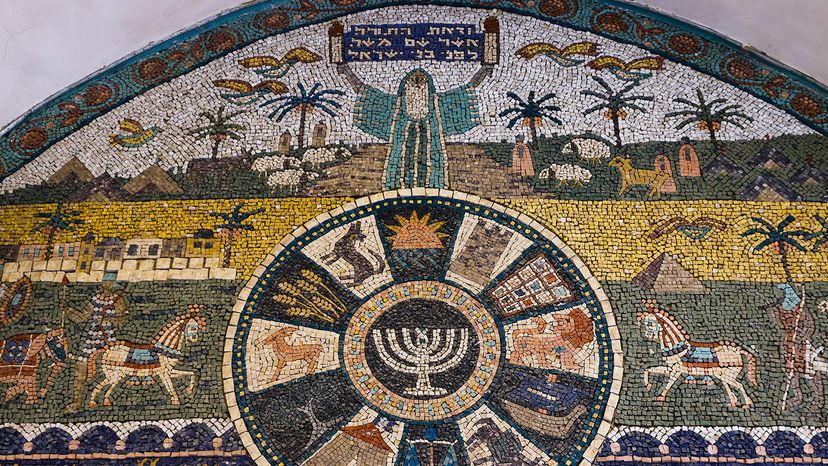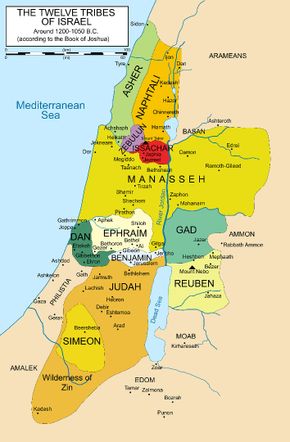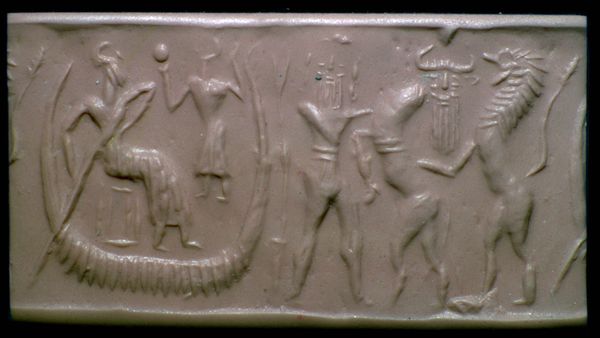
Key Takeaways
- The 12 tribes of Israel, named after Jacob's sons, are central to the Hebrew Bible narrative.
- Scholars question the historical accuracy of the 12 tribes, suggesting they may not have played as significant a role as portrayed.
- The concept of the 12 tribes may have been later elaborated by Judahites to define themselves as Israel.
The existence of the 12 tribes of Israel is central to the narrative of the Hebrew Bible (known to Christians as the Old Testament). The tribes were named after the 12 sons of the patriarch Jacob and believed to be their direct descendants. As God's people escaped slavery in Egypt, wandered the desert for 40 years and eventually conquered and settled the "promised land" of Canaan, they did it all as members of these 12 named tribes.
Scholars long assumed that the biblical accounts of the 12 tribes of Israel were based on ancient historical events transmitted through oral history. After all, the Hebrew Bible repeatedly places the tribes front and center in its account of Israelite and Jewish history. Tribal distinctions must have been a huge part of the ethnic and religious identity of these ancient peoples.
Advertisement
But over the past few decades, as more historians and archeologists openly question the historical accuracy of the Bible, a new picture of the 12 tribes of Israel has emerged.
"While it's likely that there were some tribes in early Israel, I don't know if there were 12, and it's hard to say what role they actually played," says Andrew Tobolowsky, a religious studies professor at the College of William & Mary. "There were certainly times when tribal affiliations were important, but probably not nearly as important as the Bible makes them out to be."
Advertisement



